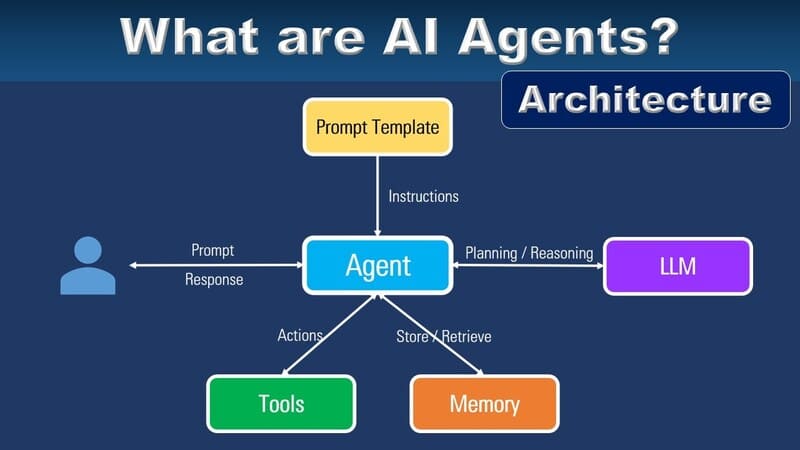At the moment, Vietnam businesses generally utilize call centers to build professionalism in their customer care system. This is due to the need to develop the business and increase revenue, and frequent interactions between the business and their customers and partners play a crucial part in achieving that goal. Equipping every individual with a number in unnecessary, however, and it also generates high costs and difficulties in management. A call center is thus a smart choice for businesses, for it can solve various incurred problems, while utilizing pre-existent infrastructure.
With the various technological innovations, specialists have predicted that in 2020, there will be 85% of customer interactions processed without the intervention of human. Many businesses are riding the AI wave, applying AI to turn the traditional call center into an automatic one, with the aim to optimize operations, as well as reduce human resources costs, while also focusing on more complicated tasks.
As one of the pioneering businesses in providing voice processing services for call centers, FPT.AI is sure to help businesses approach and take care of their customers via automatic call centers, in a quick and efficient way. The solutions to automatic call centers, provided by FPT.AI include:
1. Notification call
Few companies have enough financial resources to call all of their customers. Meanwhile, large businesses find investing huge money into calling the entire customer base hardly brings about a matching result. The application of Text-to-Speech (TTS) technology of FPT.AI Speech in call centers can help the businesses automatically send out thousands of messages like: appointment, emergency and other important calls. So far, FPT.AI’s automatic call center has processed 750,000 calls per month, and perform 15,000 calls during rush hours – a job equivalent to those of 500 operators, for a financial service company in Vietnam, helping them notify their customers on the financial payment deadline.
FPT.AI is currently cooperating with some taxi and ride-booking services, recommending automatic call centers to inform the customers about the pick-up locations in place of call operators.

FPT.AI is also assisting Central Vietnam Electricity Corporation in using TTS to inform customers about electricity emergencies (like power outage schedules) and sending out electricity bills.
2. Call-Steering
The problem of Call-Steering in a call center can be divided into two levels, depending on the deployment feasibility.
- The first level, which is a simple call-steering system includes the following steps:
- The Interactive Voice Respond system (IVR) receives calls from customers and welcomes them.
- The virtual call operator (FPT.AI’s voice) will provide the customers with two choices: to chat with the virtual assistant, or to get connected to a human operators. Customers shall respond with their voice (using simple answers of yes or no).
- If customers opt to chat with the virtual assistant, the system will sent to their phones a message with a direct link to the livechat display of the business, where they can continue to chat and receive support for the business’s chatbot.
The next level Call-steering problem also includes the above steps, but can help customers to directly connect to each department’s employees, or choose what topic are they interested in via simple demands. For example, when the customer says “I want to talk to the Marketing Department”, the system can identify the key words to connect the customers to the right department.
3. Voice Bot
Previously, Voice bots in call centers interact with users through pressing numbers. The disadvantage of this is that users have to press while listening, making the conversation drag on, as it needs to go through multiple routes. The natural language processor system and voice identification of FPT.AI will allow Voice Bot to accurately identify customers’ target, and from there deliver the most suitable respond.

Besides, AI-integrated Voice Bots hold the ability to personalize customer experience to give advices that matches the interests, demands, inquiries of each customer. Voice Bots built on the FPT.AI platform will therefore not only improve customer experience, but also build trust between customers and the business.
Voice Bot is a tough problem to crack, but our specialists and programmers of FPT.AI are always putting out their best effort in researching and developing voice processing technology for the best solutions to it.
In the near future, the automatic call center will not stop at simple interactions with customers. FPT.AI hopes to build those where conversations between human and bots sound more natural, and become a crucial tool to businesses, especially in this 4.0 age.
Hannah Nguyen

















